Holidays are over. The children returned to the city from dachas, seaside resorts, and summer health camps.
Statistics show that it is at this time, in late summer and early autumn, that the number of cases of child and adolescent injuries increases dramatically. During the three months of summer vacation, the children got used to the rhythm of life in a big city and its dangers, from heavy urban traffic.Younger students really want to go to school on their own, without parents, but they do not have much experience of independent movement on the streets, they cannot really assess the situation and the level of its danger. High school students are very inattentive, carried away by conversation or play, often run out onto the road right in front of cars, or in the heat of an argument or for the sake of self-affirmation commit risky acts. As a result, severe injuries.
Rules of conduct
For the sake of the safety of children and the preservation of their health, it is worth reminding them of the basic rules of behavior on the streets.:
-
At regulated intersections, the road can only be crossed at a green traffic light, after making sure that all cars have stopped moving;
-
If there is no traffic light, then you can cross the street only in the place where there is a zebra pedestrian crossing, while making sure that there are no cars on the left and right;
-
When exiting a bus, trolleybus, or minibus to cross to the other side of the street, go around the vehicle only from behind. This way, traffic moving in other lanes in the same direction will be visible;
-
When exiting the tram to cross to the other side of the street, walk around the tram only from the front so that you can see the movement of the oncoming tram.
-
If the tram stops in the middle of the street, make sure that cars traveling nearby stop moving and let pedestrians pass.
Important information for parents
- Dear parents, always hold the hand of small children on the street, not only when crossing the street. Toddlers change the direction of their movement very quickly and often unpredictably.
- If children ride bicycles, roller skates, or skateboards on the street, make sure and remind your child once again to use protective equipment: helmets, special protective shields for elbows and knees. You should not ride on streets where cars can drive, at dusk and at night. If a child is so old that you allow him to ride a moped or motorcycle, make sure that he knows all the rules of the road, especially the rules for driving through intersections and on expressways. Be sure to use a protective helmet and glasses, it can save your child's life.
- Daylight hours are rapidly decreasing, and it will start getting dark early soon. To make the child more visible on the street, dress him in bright colored or light clothes, preferably with reflective elements.
- Accidents can happen to children not only on the street. Explain to the child that it is forbidden to enter the entrance of the house with strangers, and even more so to enter the elevator with them. Younger schoolchildren and girls of all ages should be especially attentive.
- Under no circumstances should you get into a car with strangers or go somewhere with them.
- Teach your child to scream loudly if he is accosted by unfamiliar people. It's not cold yet, and windows are often opened in the house to ventilate. Do not leave children alone or unattended if the windows are open in the apartment. Unfortunately, it is not uncommon for children to fall out of the window due to carelessness. Make sure that the windows are properly closed so that children cannot easily open them on their own.
- Check if the sockets and electrical appliances are working properly. And also, whether medicines and dangerous liquids (vinegar, aggressive detergents, etc.) are well cleaned out of the reach of children. Children are very curious and try a lot by touch and taste, and may also try to repair faulty or sparking appliances on their own.
If a child has an injury, you can always contact to our clinic. Experienced pediatric orthopedic traumatologists, surgeons, neurologists, pediatricians and others are ready to help you 24 hours a day.
We wish you and your children success and good health!












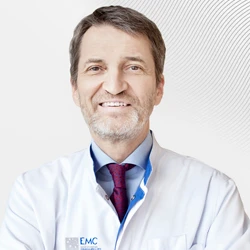

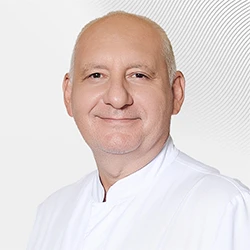
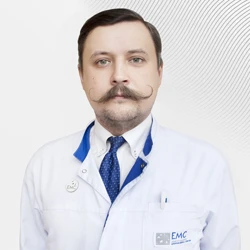

.webp)

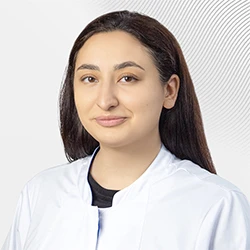

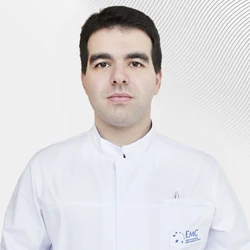
.webp)


